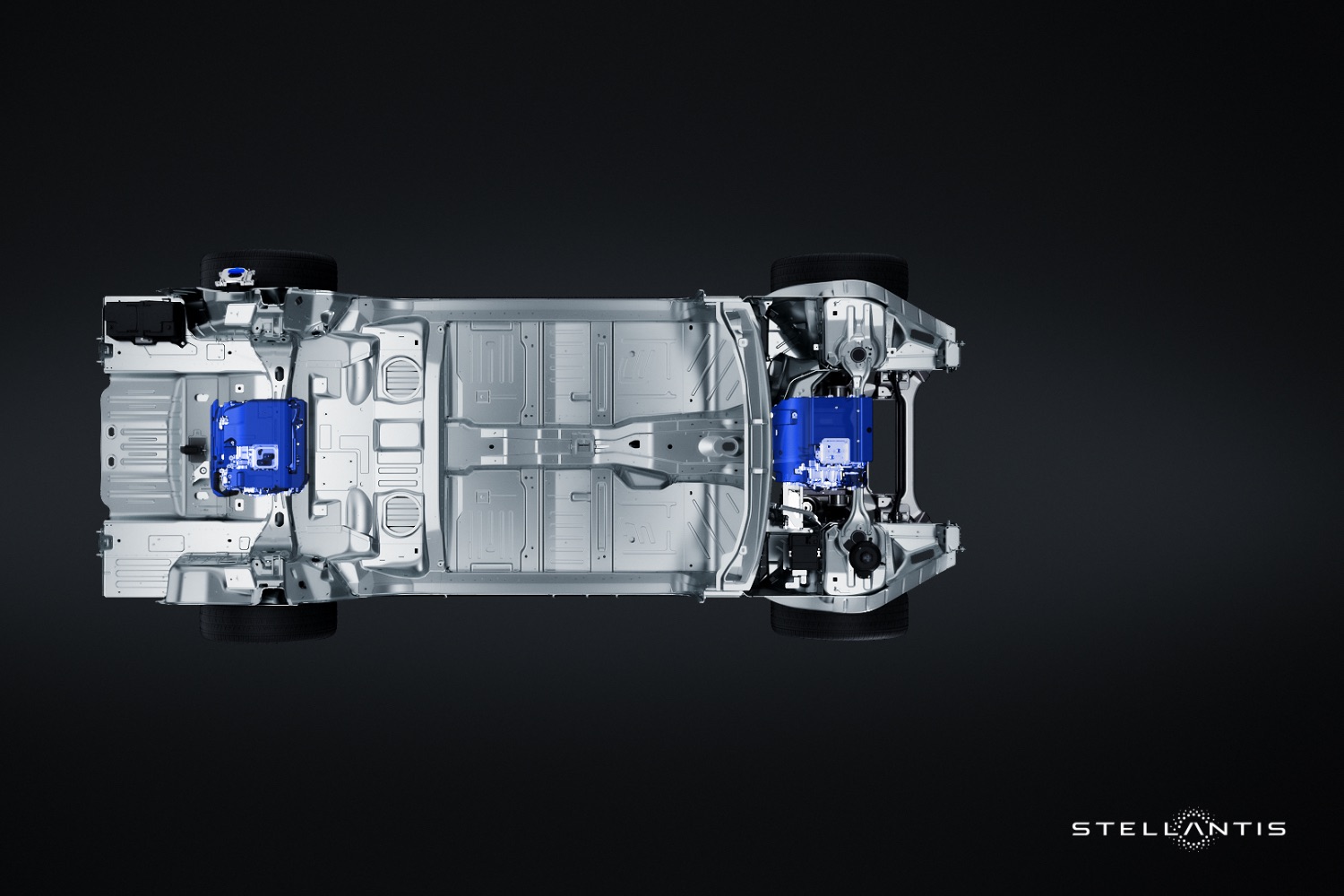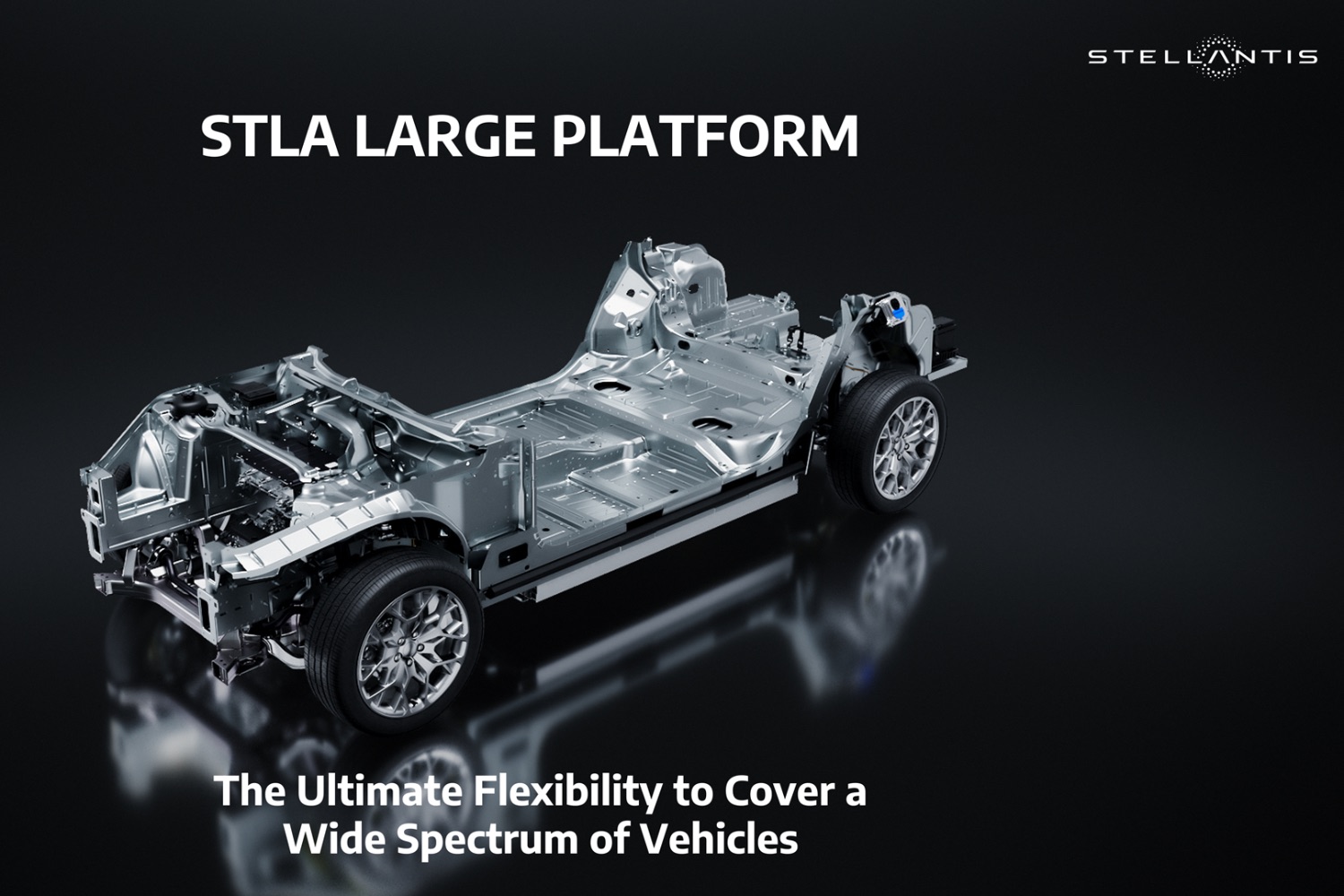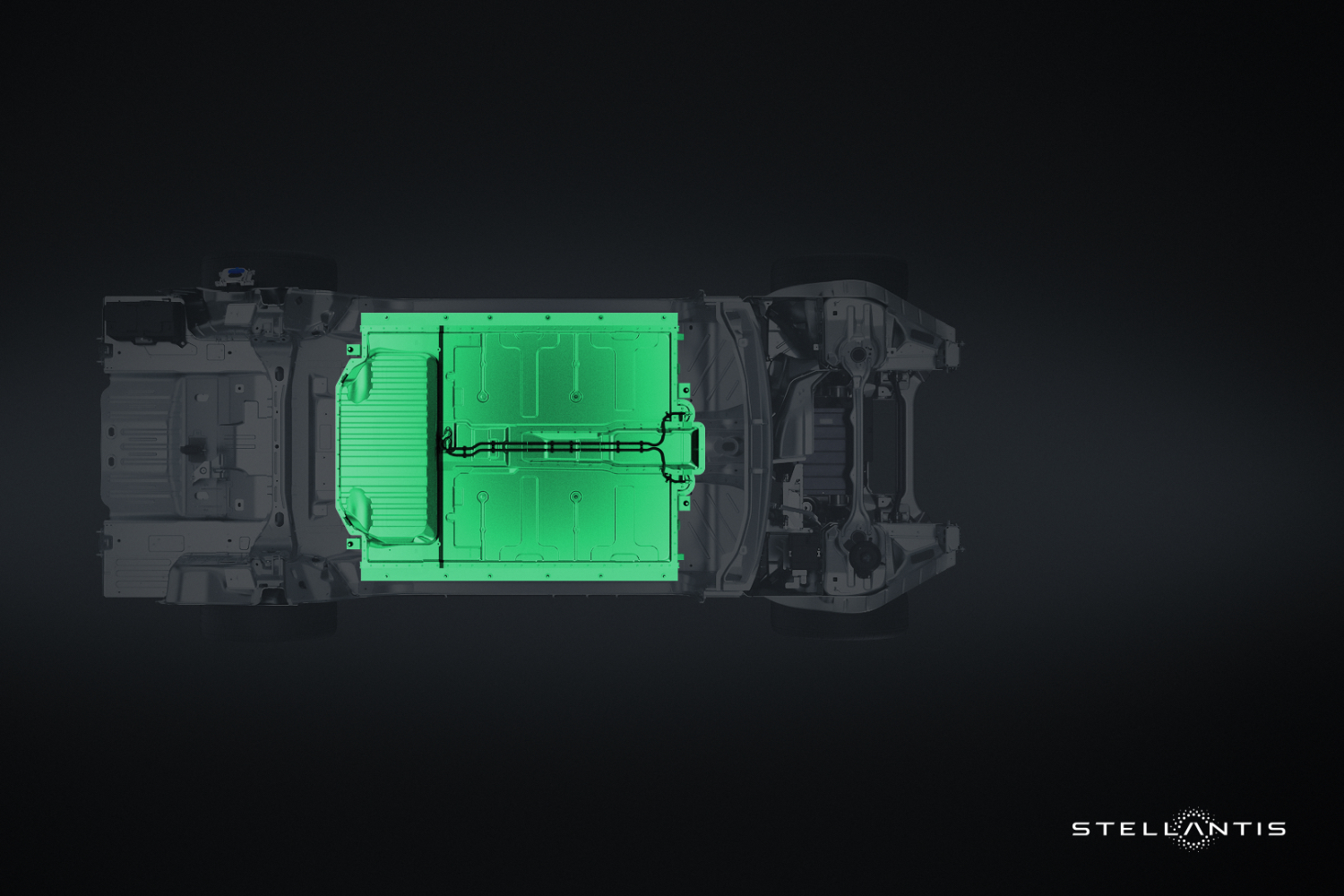Stellantis, the sprawling car-making conglomerate that counts the likes of Peugeot, Alfa Romeo, Jeep, and Opel amongst its many brands, has just announced its latest long-range electric car platform - the STLA Large.
Dodge Charger electric muscle car
We've already seen the SLTA Medium, as that's the electric car platform which underpins the likes of the new Peugeot e-3008 and which will also form the basis of several new EV and hybrid models from Peugeot, Opel, Citroen, Fiat, Alfa Romeo, Jeep and so on. It can pack in enough battery capacity to allow for ranges of as much as 700km.
Well, the new STLA Large platform goes one better - it'll run for 800km. Initially, the STLA Large platform will be aimed at the US market and used by Dodge, Jeep, and Chrysler. At least one of those applications will be the new Charger electric muscle car, which is expected to pack as much as 700hp and accelerate to 100km/h in little more than 2.0 seconds.
Perhaps more sensibly, the Large platform will also electrify the kinds of big SUVs that are so beloved of the American car market and one of those at least - the slinky Jeep Wagoneer S - is expected to come to Europe and Ireland later this year, with the prospect of as much as 600hp and better than 600km of range.
European brands will get the chance to use the STLA Large chassis too. Alfa Romeo already has plans for big saloon and SUV models based on it, while the next generation of Maserati high-performance and luxury models have been earmarked for the Large.
'Unparalleled technology'
Stellantis says that the STLA Large's: "unparalleled technology flexibility enables greater levels of vehicle diversity and top-rank quality and customer satisfaction from a base set of componentry, along with robust and cost-efficient manufacturing processes that can be duplicated in multiple assembly plants."
"Our goals for our STLA platforms are ambitious but this is what our customers need from us today," Stellantis CEO Carlos Tavares said. "Creating a family of vehicles from a well-engineered set of components that is flexible enough to cover multiple vehicle types and propulsions, overperforming any of our current products, will address each of our iconic brands' customers. The flexibility and agility of this platform is its hallmark and will be a driving force for our success in the shift to electrification in North America."
STLA Large has been designed to be flexible so that it can be used for low-slung sports saloons or big and beefy 4x4s. It can be front, rear or four-wheel drive, and it can even accommodate petrol power to turn it into a hybrid for markets with limited or non-existent EV infrastructure. Everything's adjustable, from the wheelbase to the overall length, overall width and height, and ground clearance and the electrical architecture can handle either 400-volt or 800-volt systems, potentially allowing for super-fast charging times.
800-volt ultra-rapid charging
Initially, the STLA Large is designed around battery capacities ranging from 85kWh to 118kWh, and the 800-volt versions will be able to charge at speeds that add up to 4.5kWh for every minute spent connected. That magical 800km range is the figure Stellantis quotes for saloon models, though, so don't go expecting an 800km SUV just yet.
In terms of dimensions, the Large is designed for vehicles between 4.7 and 5.1 metres long, with a wheelbase of up to 3.0 metres and ground clearance of up to 288mm.
The Large platform - one of four eventual platforms which will include Small, Medium, Large and Frame, the last one being for heavy-duty commercial vehicles and pickups - is also designed to be useful for a long life "via the interchangeability of battery cell chemistry, EDMs, power inverters and software control." Equally, the platform is designed to be flexible enough to handle potential future battery chemistries, including solid-state batteries, so that 800km range might just be the eventual starting point.








